An anchoring mechanism, a cabinet latch, keeps the door firmly secured to the frame. Cabinet latches are made to keep a cabinet door closed while enabling easy inside access for the end user. Although it may seem straightforward, there are several ways that cabinet latches operate. Cabinet doors have a latch put on their face. A base, a latch bolt (the arm that crosses over to the catch), and a catch are the three primary parts of traditional cabinet latches (also called strike plates). In the past, cabinet latches were employed to keep the doors closed on independent cabinetry pieces. Read More…
Hardware Mfg. supplies stock inventory parts in addition to creating custom components for OEM and resellers. We work with a number of different industries such as agriculture, drug tablet, livestock, truck equipment, conveyors, and more.
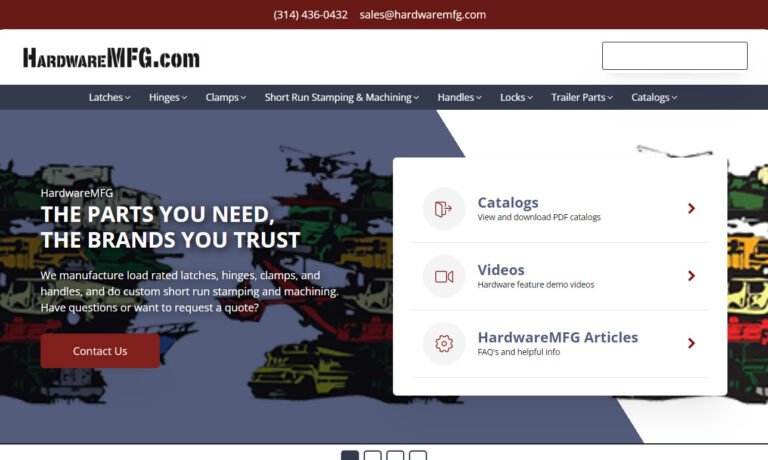
Elesa offers a wide range of industrial hinges including plastic hinges, stainless steel hinges, and aluminum hinges. There are also various types of fixing, rotation angles, and load capacities. The plastic hinges technical data sheets show punctual values of resistance to aid in the selection of the right model and size. The production materials available: technopolymer, SUPER-technopolymer,...
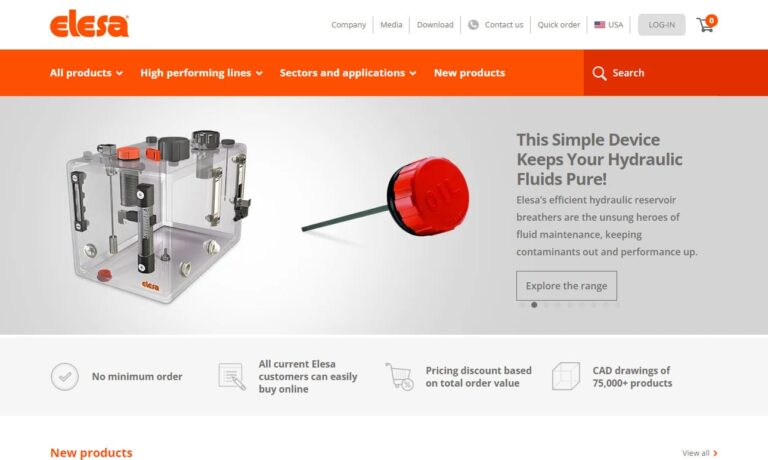
At PROTEX® we offer light to heavy-duty fasteners, handles, flush latches, case fittings, bandclamps, catch plates and more. We manufacture a large range of over centre fasteners often known as draw latches/toggle clamps/catches/over centre toggle fasteners.
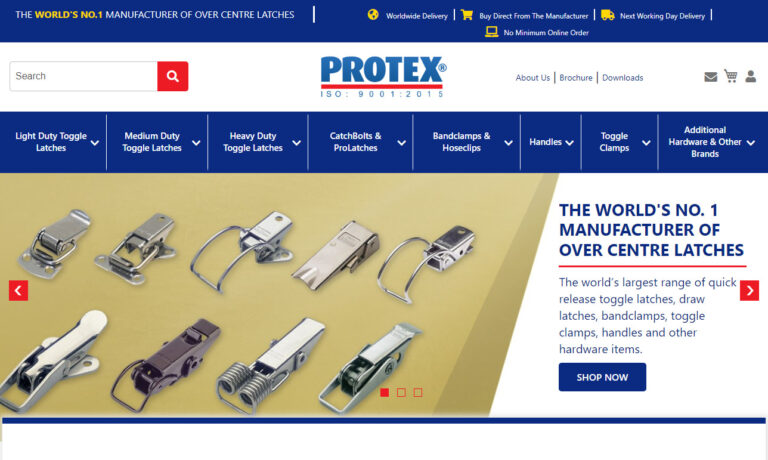
At Nielsen Engineered Hardware Solutions, we specialize in designing and manufacturing high-quality latches tailored to meet the diverse needs of our customers. With a commitment to innovation and reliability, we work closely with our clients to deliver solutions that enhance functionality and performance across a wide range of industries. Whether you need a standard latch or a custom-engineered...

More Cabinet Latch Manufacturers

Types of Cabinet Latches
Depending on how the cabinet will be accessible and if it complements surface aesthetics, the actuation mechanism will vary. However, users can typically open a cabinet latch with their hands by tugging, pushing, turning, sliding, or lifting it. The various varieties of cabinet latches are listed here.
Butterfly and Turn Latches
Turn latches are a traditional style of cabinet latch that works well for many designs. A catch and a latch body with a turn piece are included with these latches. A spring-loaded bolt glides out of the latch body as the turn latch is used and into the catch, where it is securely held in place.
Turn latches come in a variety of designs and coatings. They are intended to provide a rustic appearance and are mounted to the front of the cabinet door. Every time you close the cabinet, you must manually latch them.
On the other hand, butterfly latches are a class of turn latch made for heavier-duty applications. They are a more secure and vibration-resistant variant of turn latches and are typically used for shops and RVs. Because they are flush with the surface of the cabinets or doors, the turn pieces of butterfly latches are hinged.

Visible or Concealed Latches
For bathroom stalls, concealed latches are latches where the bolting mechanism (bar) is located inside the toilet partition door (concealed inside the door). For bathroom partitions, concealed latches are often either a knob set with a bar or a knob set solely when the manufacturer has already pre-built the mechanism into the door.
End users will be informed by a clearly marked latch how to operate the cabinet door. As a result, the appearance of the cabinet can be enhanced, and the industrial style is complemented by a hidden cabinet latch placed behind the door. Additionally, hiding the cabinet latch might increase security because an unauthorized person might not realize that the surface leads to a cabinet.

Draw Latches
Draw latches are composed of two parts: the latch itself, which has a base, a lever, and an arm, and a tab with a small lip to hold the lever arm. Draw latches are fixed to the cabinet's face. When one of these latches is pulled, the lever arm separates from the tab, and the cabinet is opened. Draw latches are perfect for several uses. They are more stable and resistant to vibration. They also have a long lifespan. Draw latches are also simple to install and maintain.
Mechanical or Magnetic Latches
The profile of these incredibly strong rare earth magnetic locks is exceedingly tiny. Ideal for mounting panels, signage, photographs, etc., or for door and cabinet applications. Magnets, washers, and screws with plating prevent corrosion. Washers are recessed to enable the screw head to be set below the contact region. Cabinet latches can be made to link the door to the frame using magnetic or mechanical forces. Compared to a mechanical latch, some users prefer the sensation of a magnetic cabinet latch. However, the functionality will be the same for both latch types.

Non-Locking or Locking Latches
After entering the enclosure, several cabinet locks allow the user to lock the cabinet. Some cabinets could house priceless objects or information the user wants to keep secure. When a user needs to access the cabinet's inside, locking latches can be unlocked using a key or special tool.
Advantages of Door Latches
Out of the Way
Push-to-open locks are useful in kitchens and smaller places, especially for cabinets that are lower than the waist. Nothing is there for the kids to bump into or for you to catch your garments on unintentionally.
Strong and Efficient
To be able to open and close a cabinet door is the purpose of a handle. The magnetic push catch is perfect for all doors since it has a unique inner mechanism that offers a silent but extremely forceful and long-lasting use. The magnetic mechanism makes it possible for the user to open the door with a light push, pop it shut with a stronger push, and hold it closed with a magnetic push catch.
Simpler to Operate and Fit
Push-to-open latches function as intended. You can alter the color of your cabinets whenever you want without having to replace, refit, or locate handles that match because you don't need to drill holes in the cabinets to screw in handles or knobs.
Choosing the Right Cabinet Latch Manufacturer
To ensure you have the most positive outcome when purchasing cabinet latches from a cabinet latch manufacturer, it is important to compare several companies using our directory of cabinet latch manufacturers. Each cabinet latch manufacturer has a business profile page highlighting their areas of experience and capabilities, along with a contact form to directly communicate with the manufacturer for more information or request a quote. Review each cabinet latch business website using our proprietary website previewer to quickly learn what each company specializes in. Then, use our simple RFQ form to contact multiple cabinet latch companies with the same form.


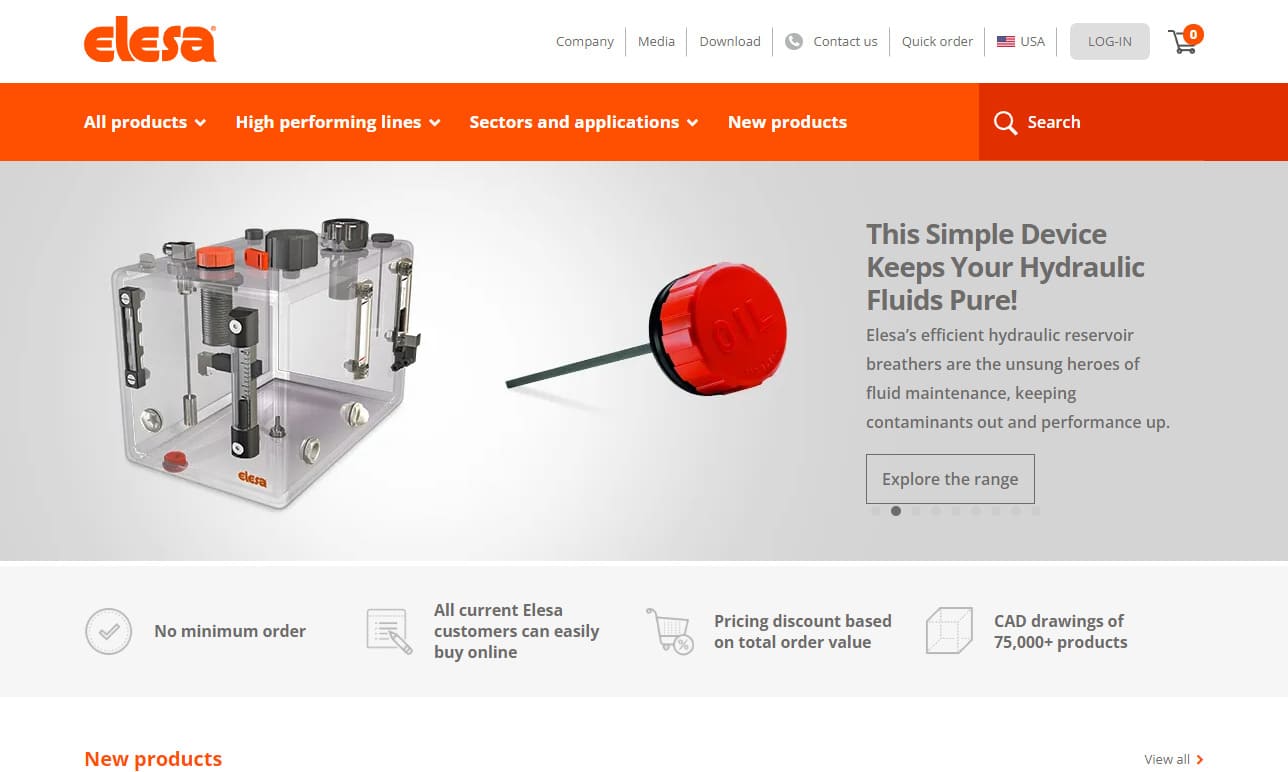

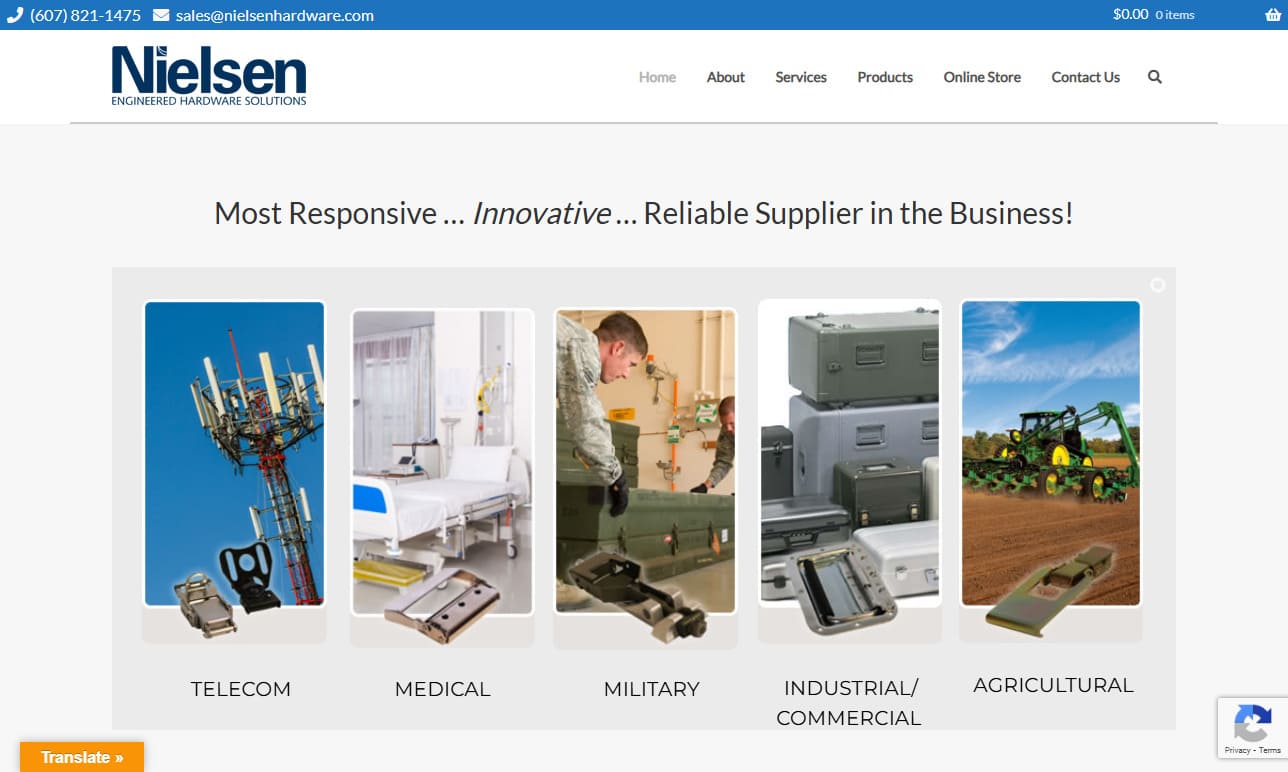
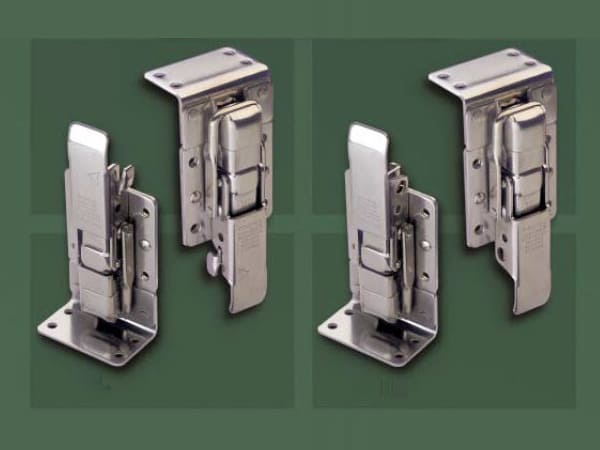
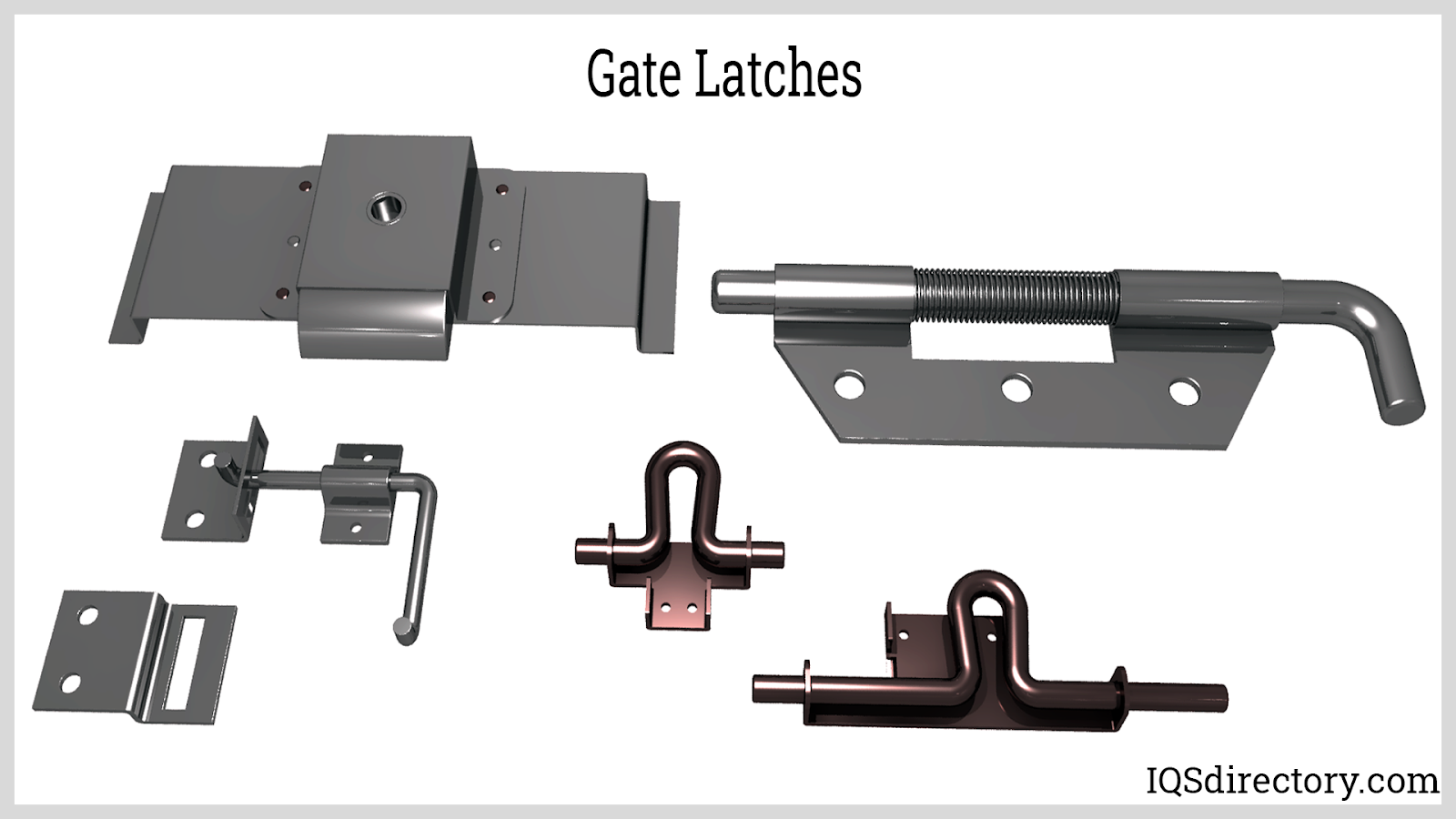
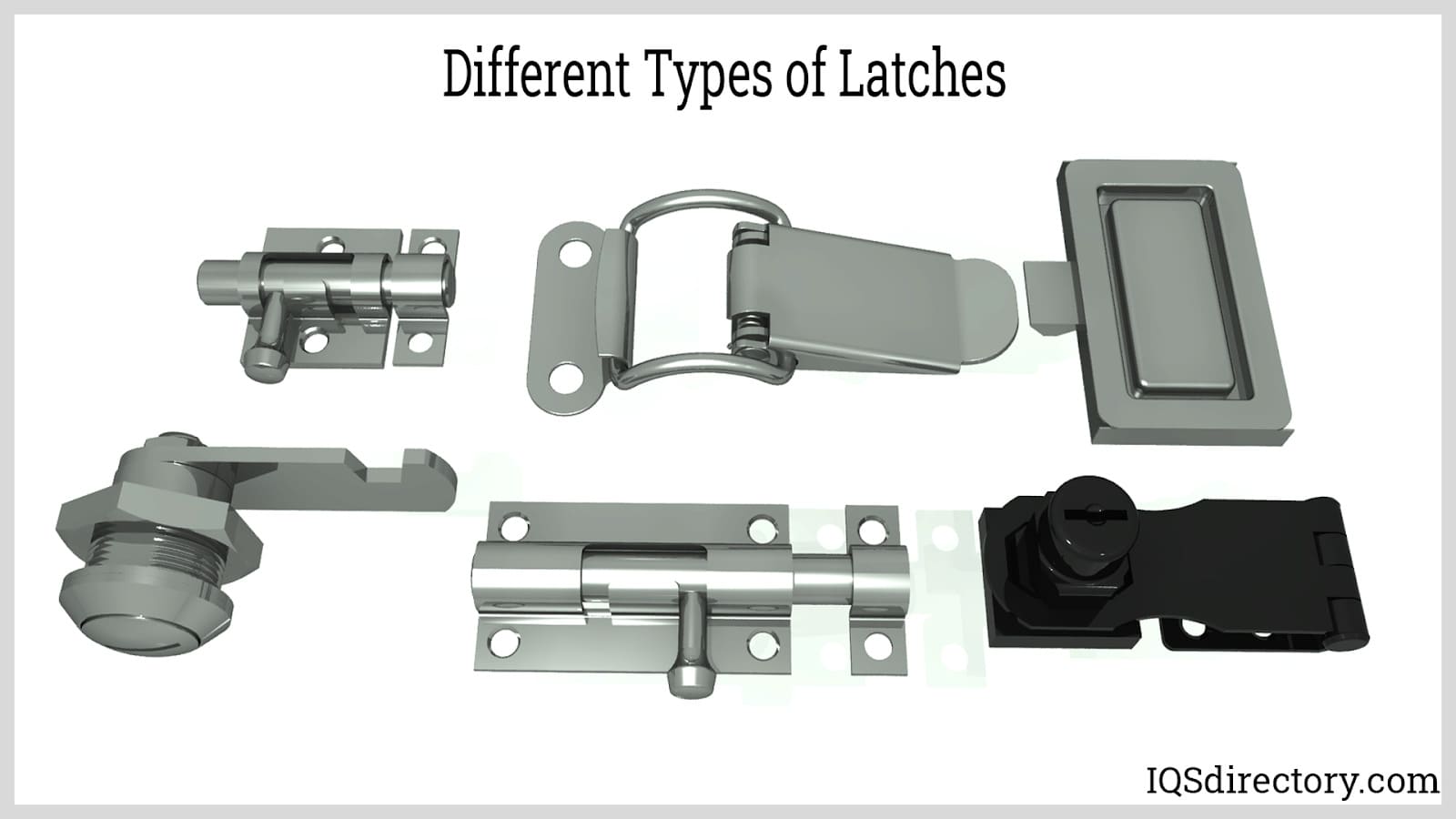
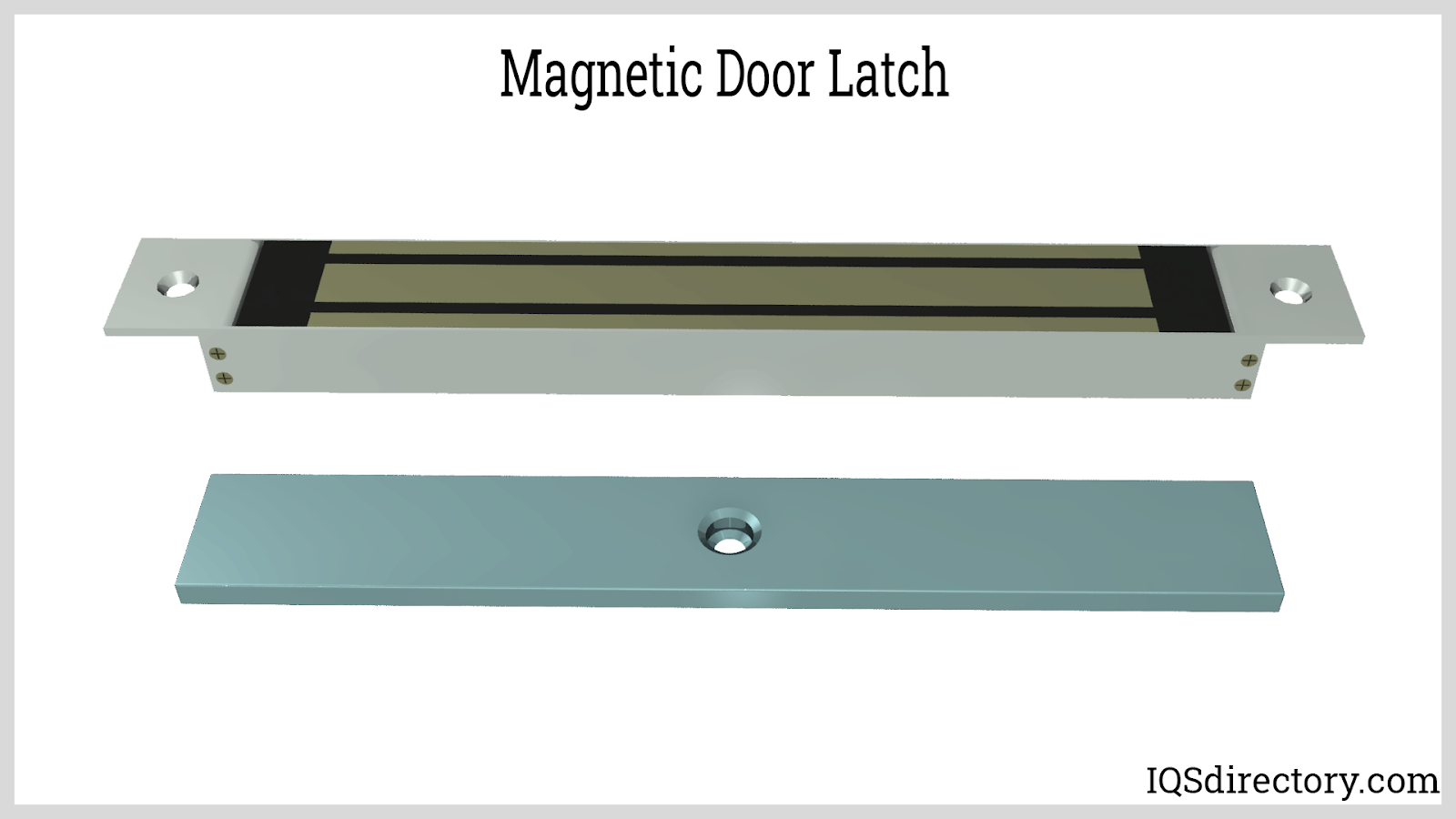
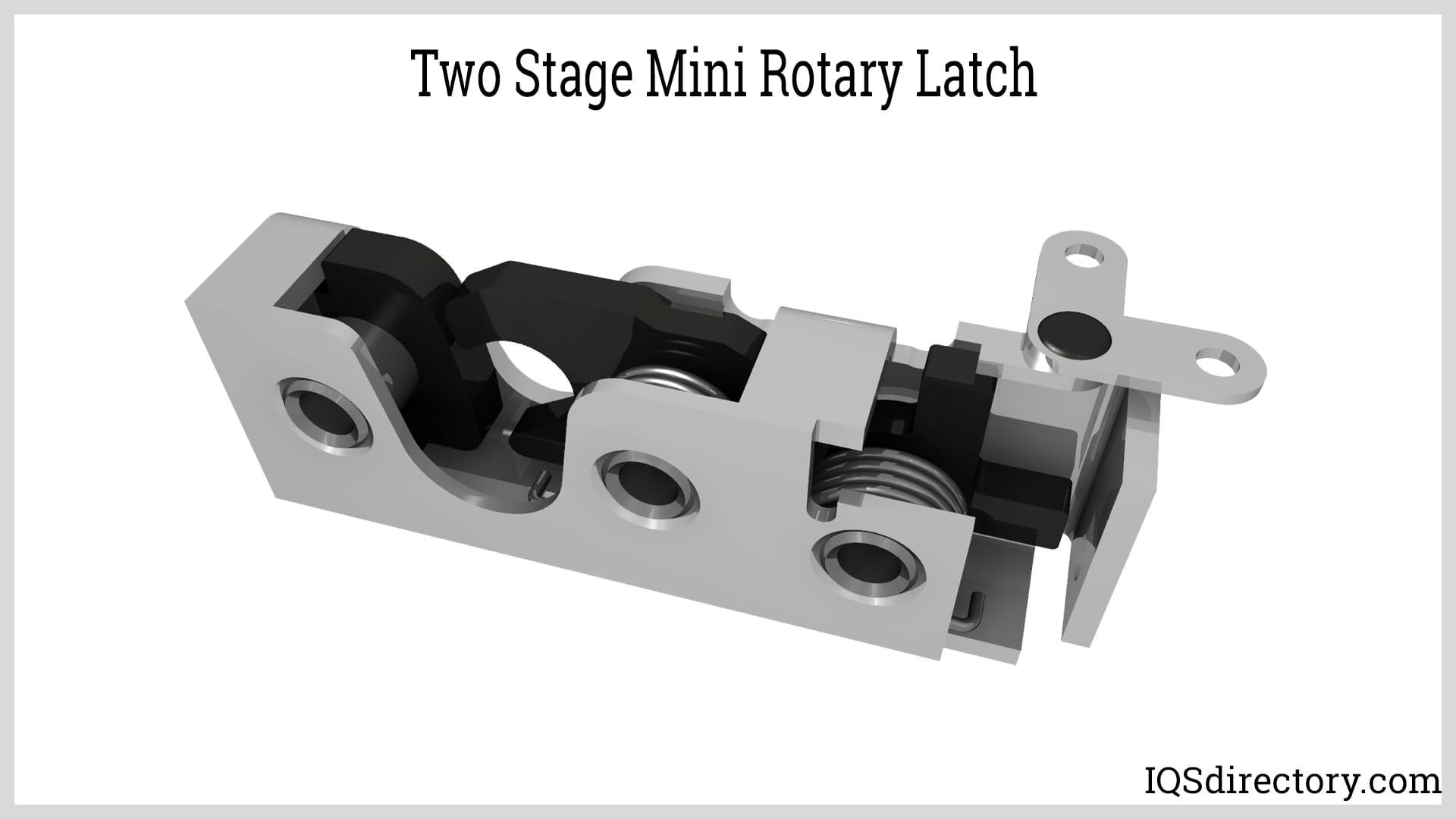
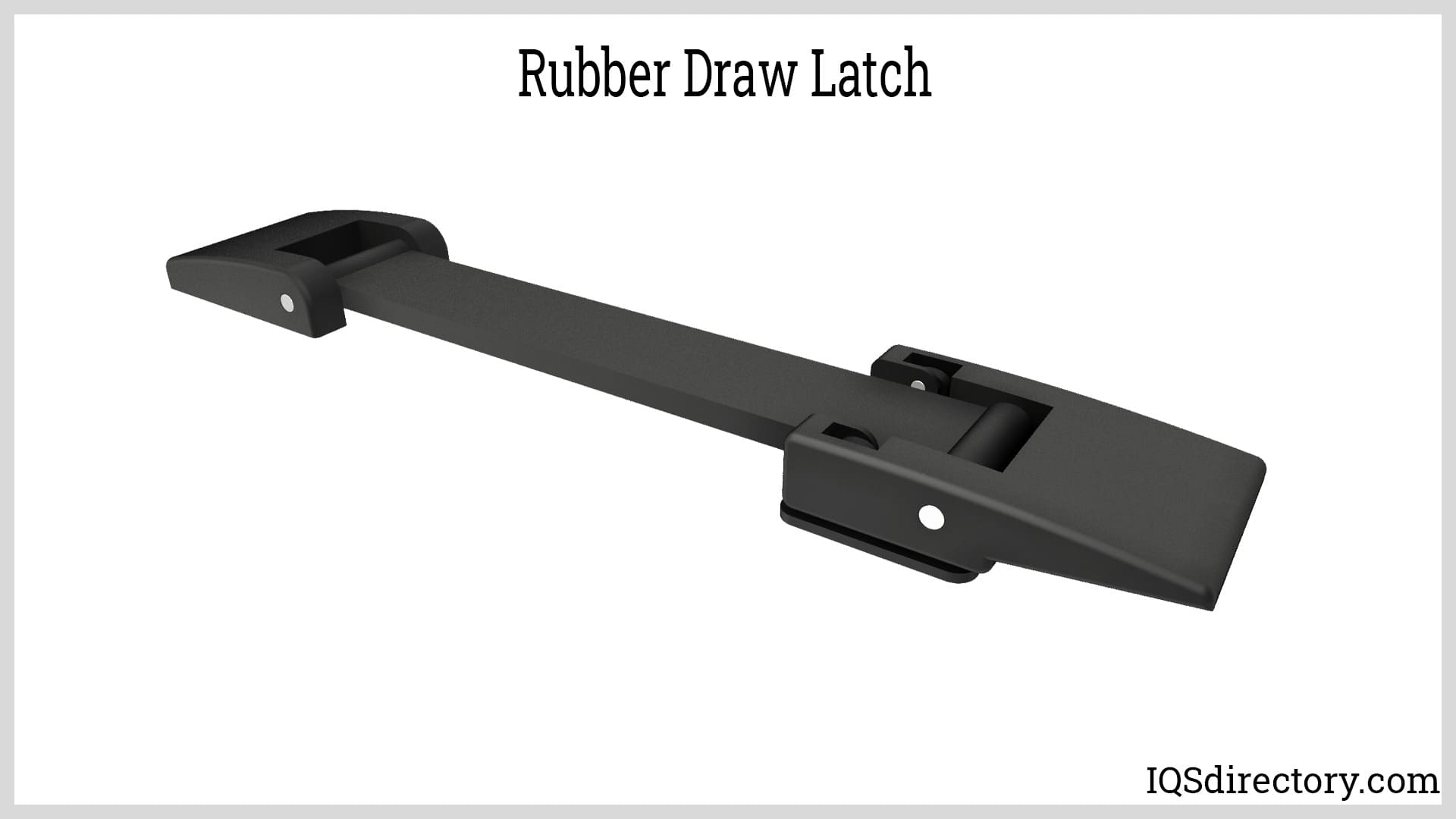
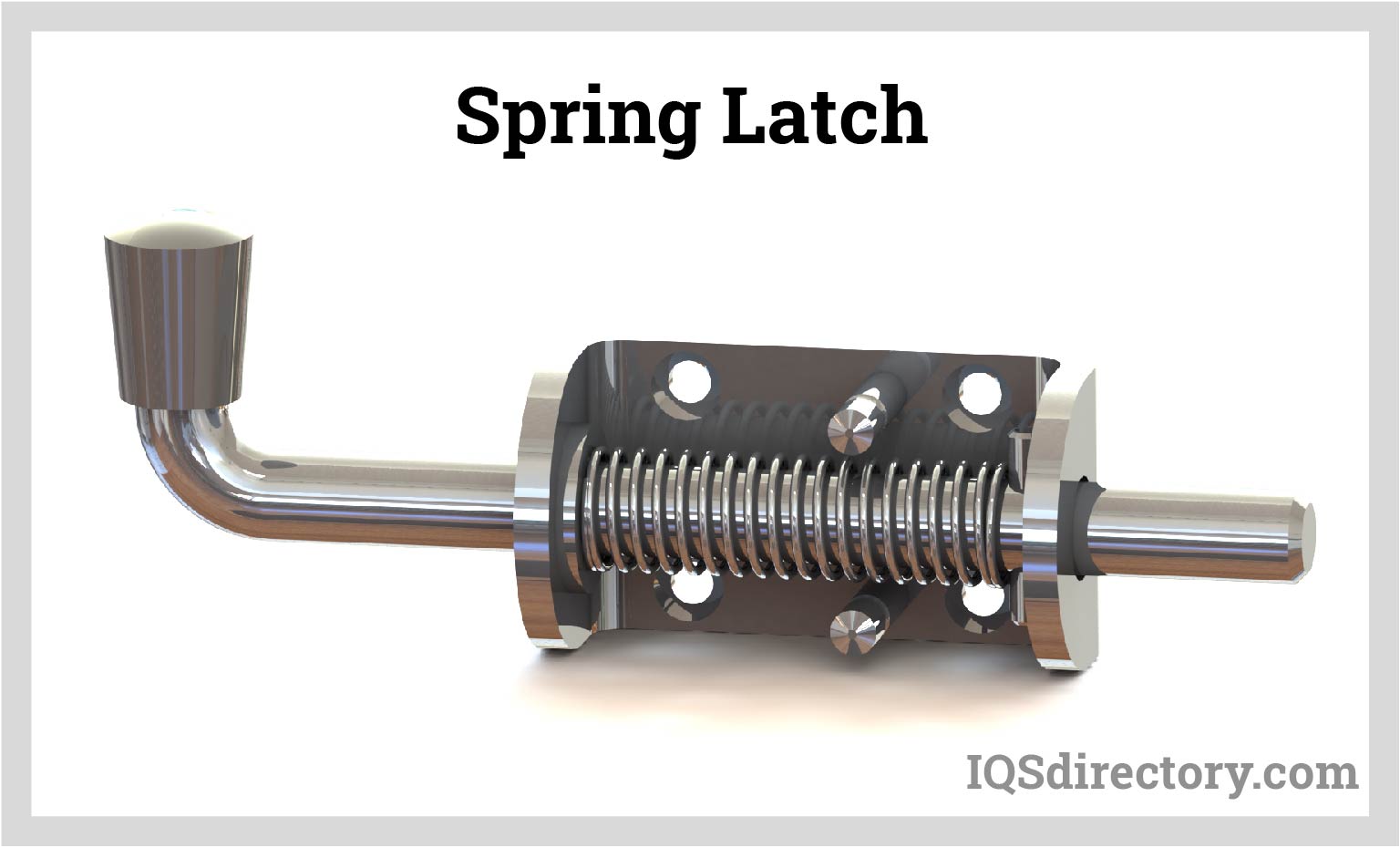
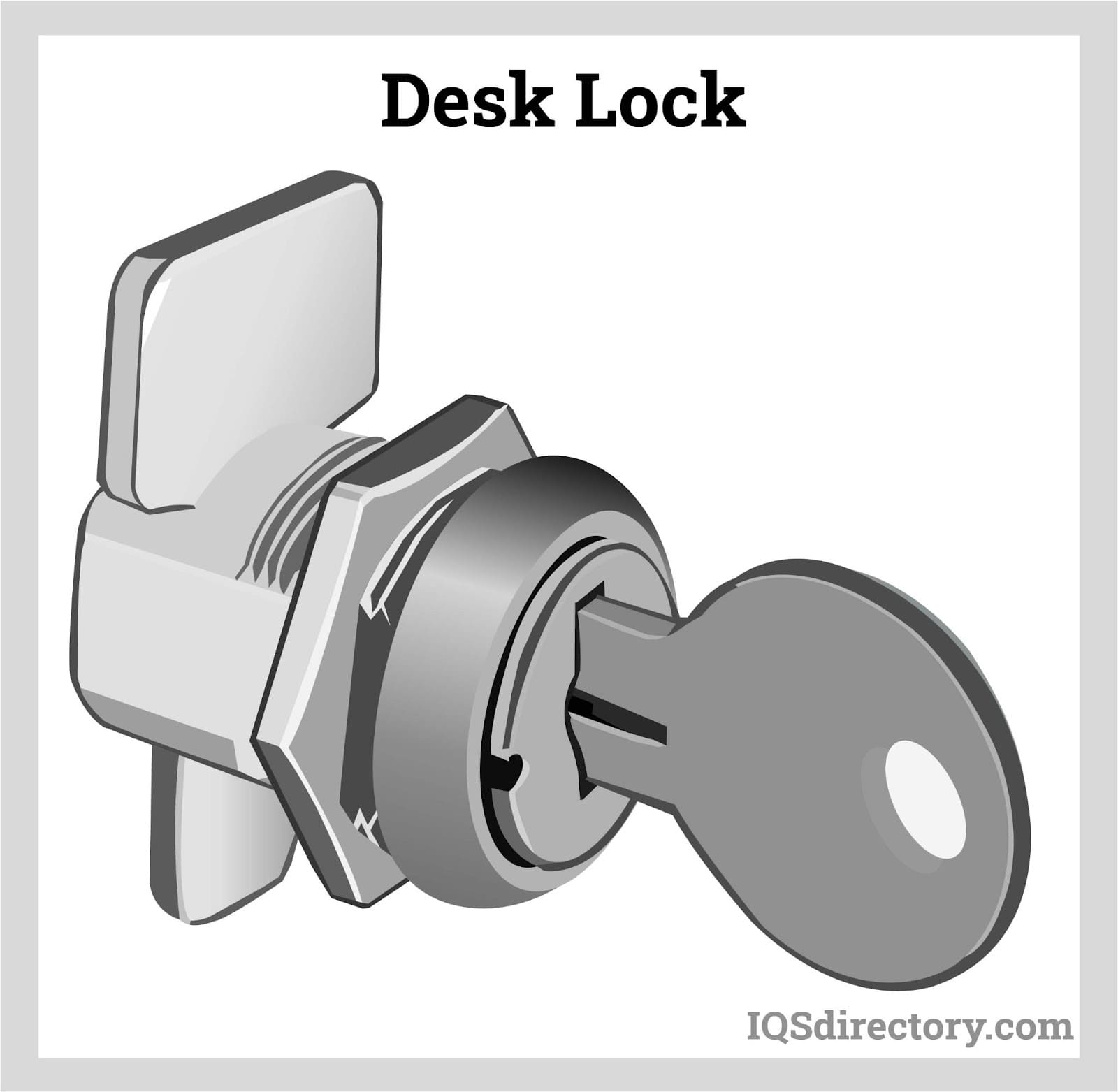
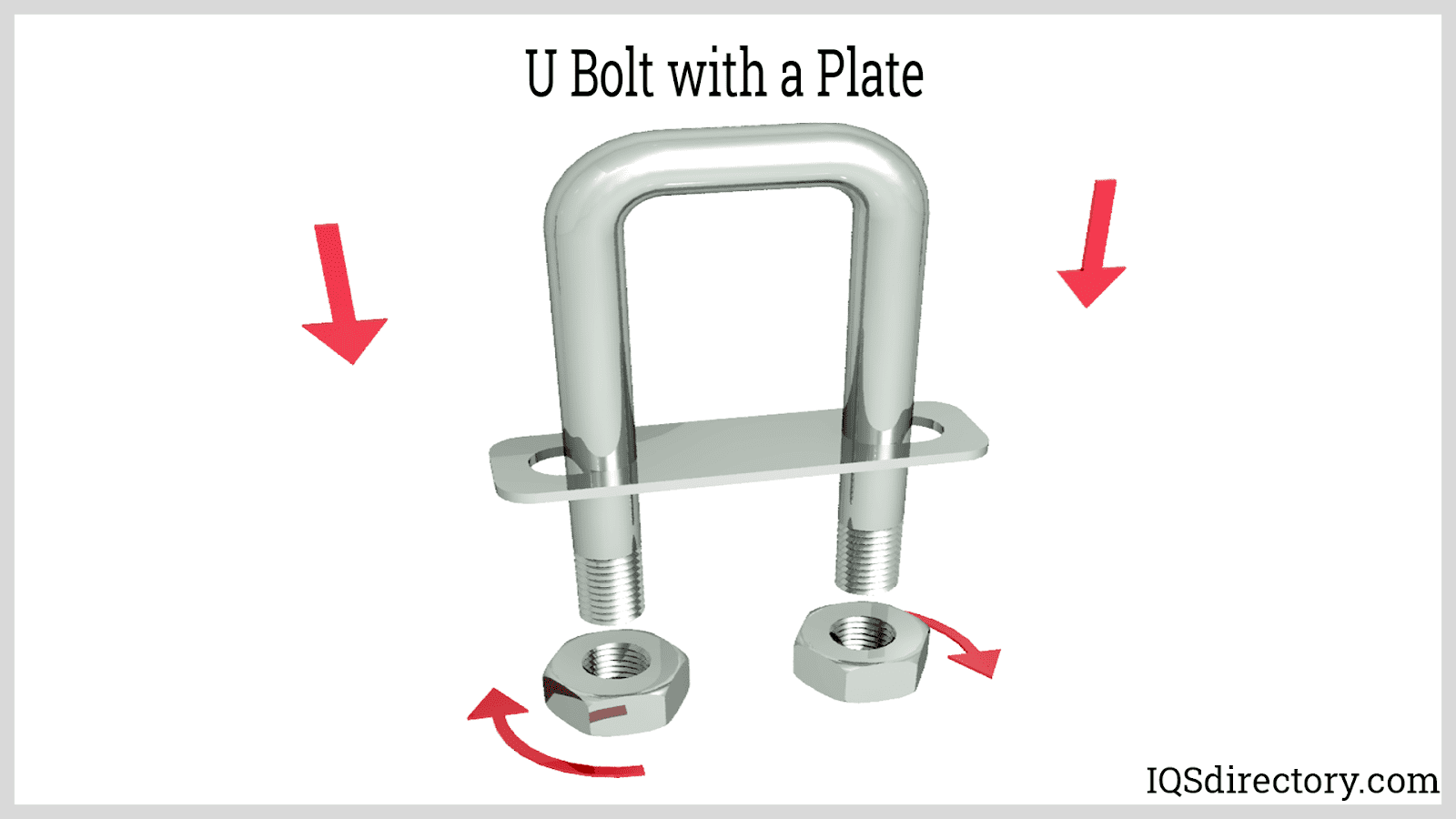
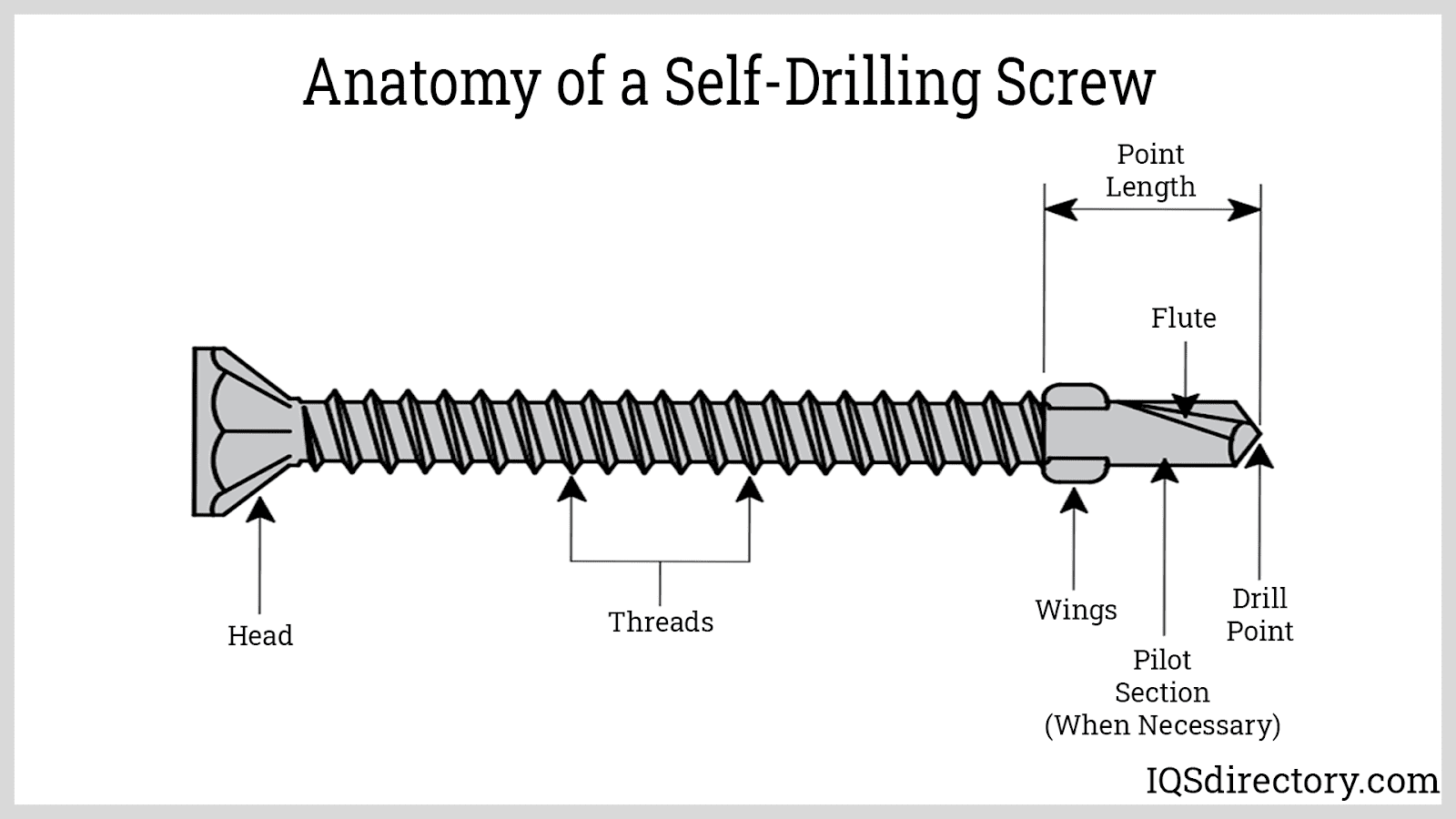
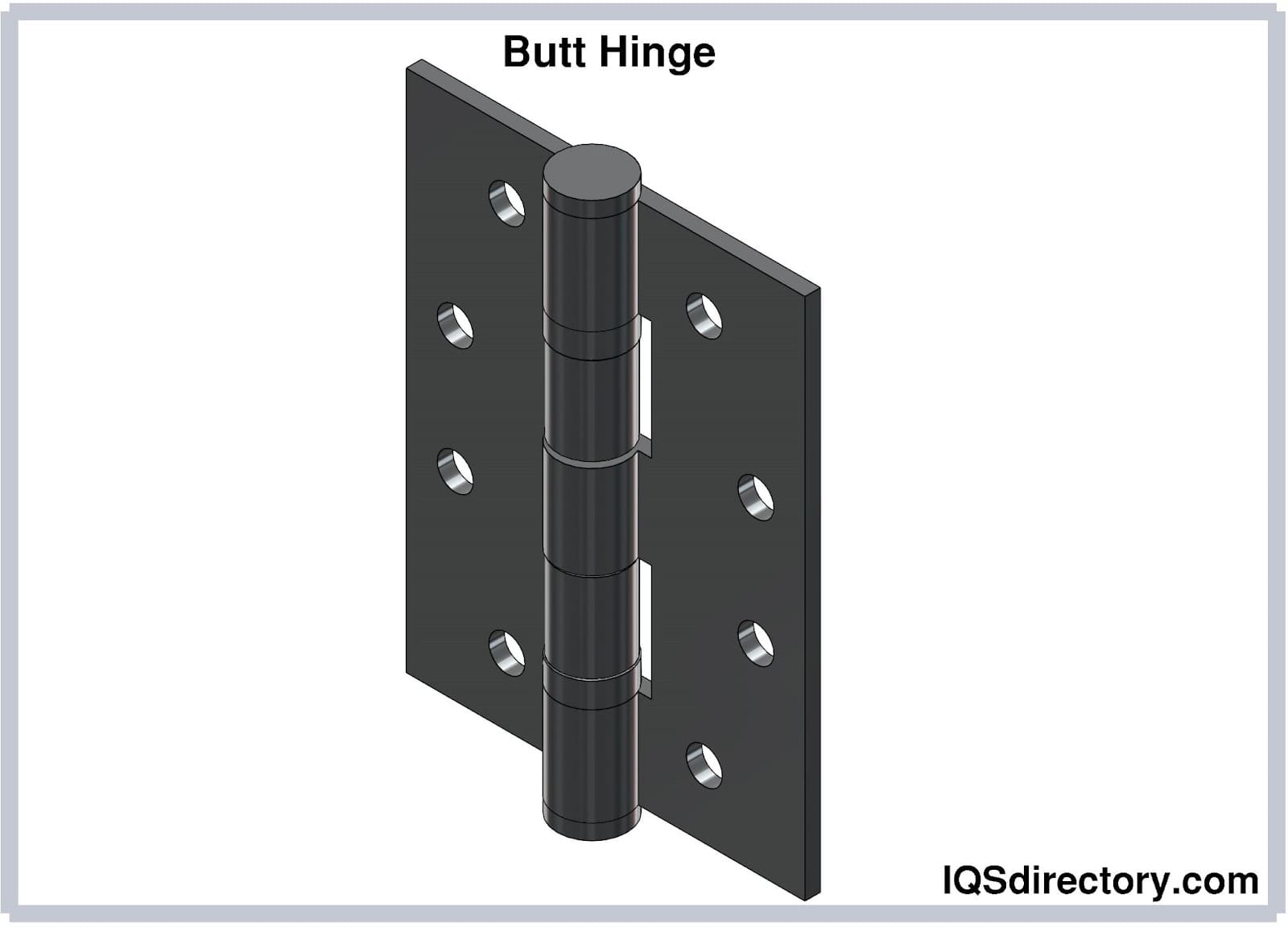
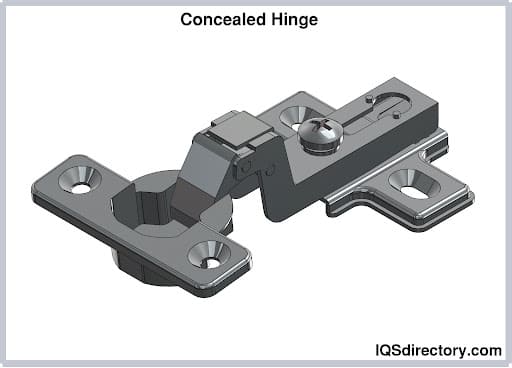
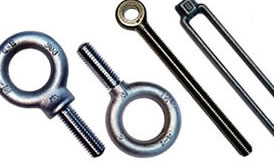 Bolts
Bolts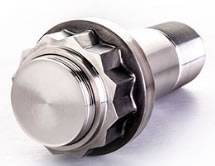 Fasteners
Fasteners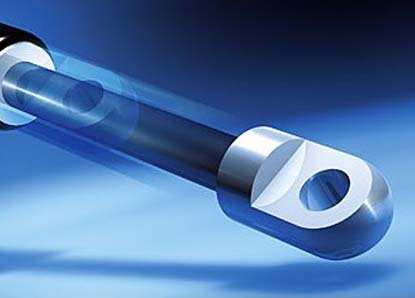 Gas Spring
Gas Spring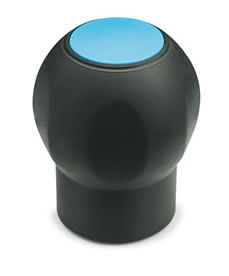 Handles
Handles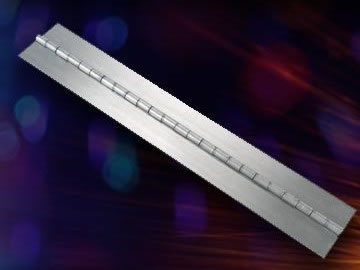 Hinges
Hinges Latches
Latches Locks
Locks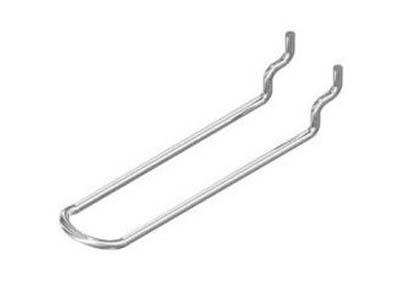 WIre Hooks
WIre Hooks Castings & Forgings
Castings & Forgings Bulk Material Handling
Bulk Material Handling Electrical & Electronic Components
Electrical & Electronic Components Flow Instrumentation
Flow Instrumentation Hardware
Hardware Material Handling Equipment
Material Handling Equipment Metal Cutting Services
Metal Cutting Services Metal Forming Services
Metal Forming Services Metal Suppliers
Metal Suppliers Motion Control Products
Motion Control Products Plant & Facility Equipment
Plant & Facility Equipment Plant & Facility Supplies
Plant & Facility Supplies Plastic Molding Processes
Plastic Molding Processes Pumps & Valves
Pumps & Valves Recycling Equipment
Recycling Equipment Rubber Products & Services
Rubber Products & Services